FAO has estimated that the effect of Illegal, Unreported, and Unregulated (IUU) fishing in Indonesia is US$ 10-US$ 23 billion annually, but it has lost more than US$ 80 billion annually because of poor fisheries management. With over 17,000 islands and the world’s second-longest coastline, Indonesia, without a doubt, faces a massive challenge in securing its vast marine resources.
The Arafura Sea Fisheries Management Area (FMA 718) has suffered from inappropriate and destructive fishing activities undertaken by industrial-scale fishing fleets by Indonesian and others, including countries to the north, such as Taiwan and China fish trawls, shrimp trawls, gillnets and bottom long lines. Priority concerns regarding fishing in the Arafura Sea are unrecorded catch, which includes catch that is thrown away (bycatch, discards), catch which is not reported, catch which is reported but not properly recorded (misreported), and illegal fishing activities.
Although Indonesia has put IUU fishing as a top priority to be addressed since the Ministry of Marine Affairs and Fisheries (MMAF) was established in 2001, clamping down on illegal fishing is yet to embrace the so-called data revolution. As part of the ATSEA-2 workplan, UNDP Indonesia and the Ministry of Marine Affairs and Fisheries (KKP) held a Data Science training facilitated by Algorithm, a start-up engaged in data science training in early January 2021.
Data analysis is a way to compensate for the lack of resources available for physically monitoring and patrolling the oceans. Thus, big data management and in-depth analysis are needed to better understand the modus operandi of IUU fishing to improve its eradication strategy in Indonesia. In this case, data scientists are expected to create a statistic, network, path, and big data methodologies for predictive fraud propensity models (e.g. modus operandi of IUU Fishing) and use those to create alerts that help ensure timely responses when unusual data (IUU Fishing) is recognized.
Ten participants from the ministry were assigned to take on this data processing role, where they were trained on statistical plots, data visualization, python programming language, and various forecasting models. The effectiveness of initiatives aimed at dealing with illegal fishing will hinge on the robustness of the data. By the end of the training, the participants became familiar with the Python Environment data structure to conduct data cleaning, transformation, and exploratory processes. They will also be able to work in a statistical environment to develop, evaluate, and describe various forecasting and predictive models both spatially and temporally.
(Dwi Ariyoga Gautama)


